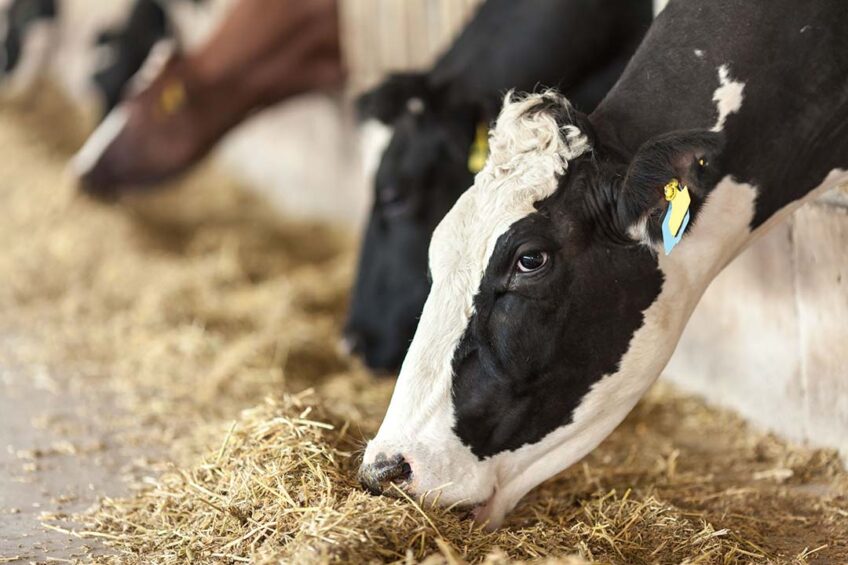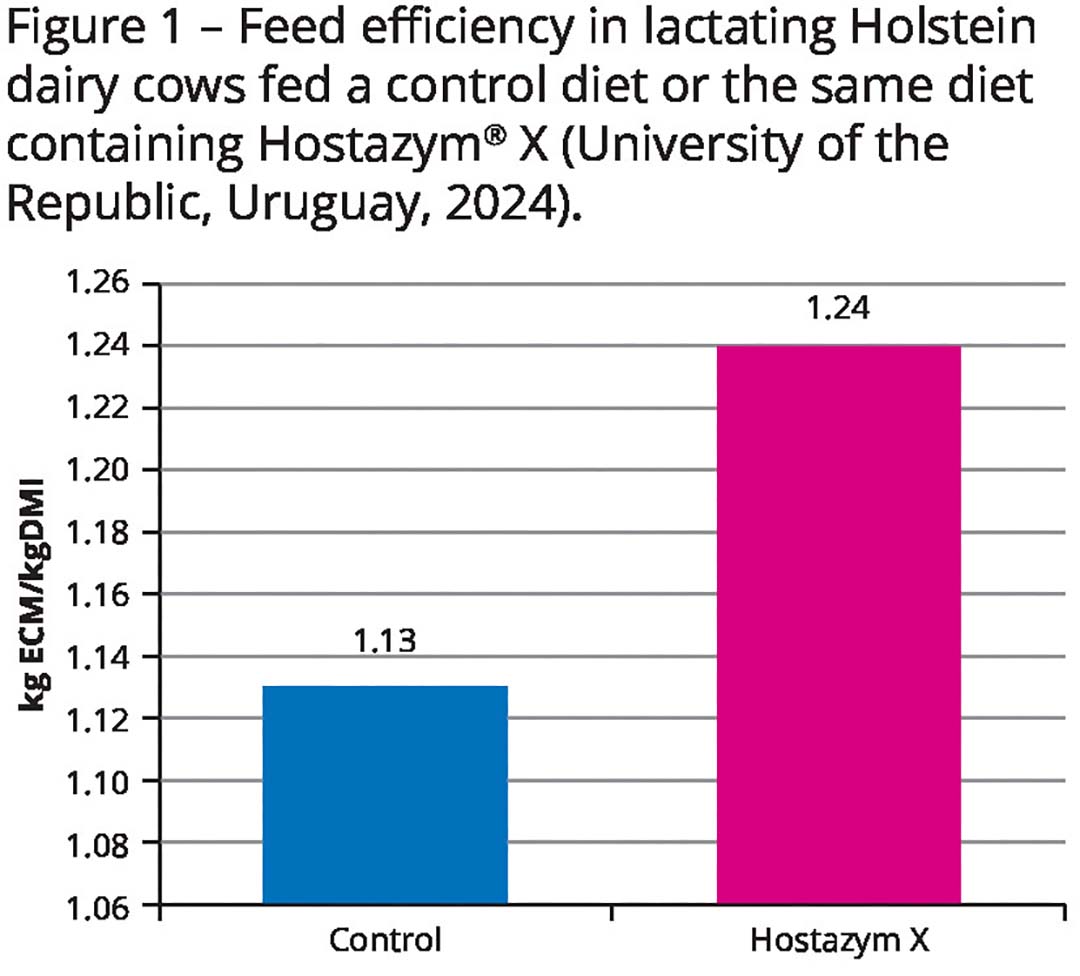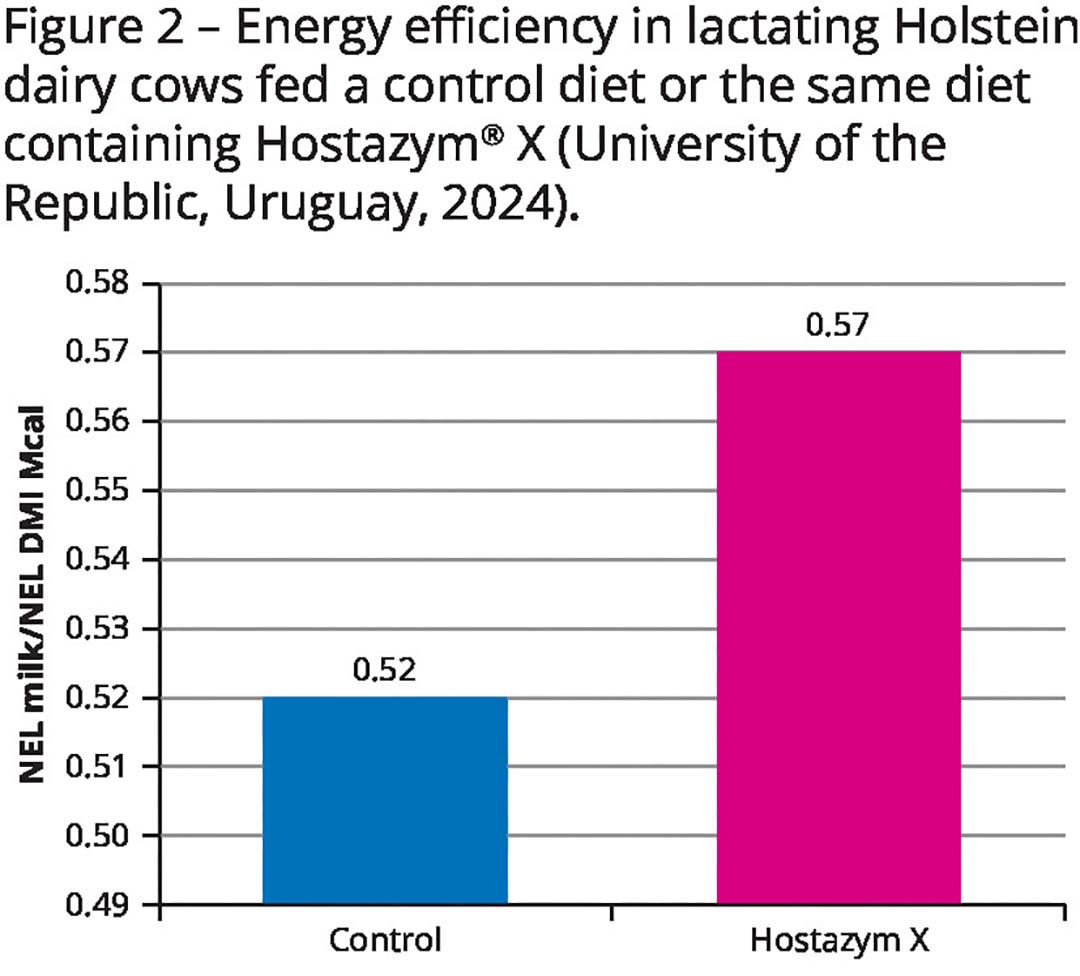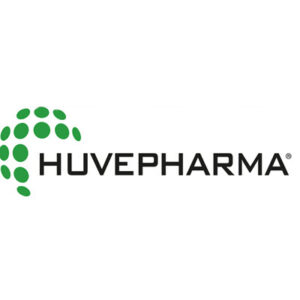A selected NSPase improves feed efficiency

Feed is the number one expense for dairy farmers. Feed has the highest impact on production costs and profitability. In recent years, due to a series of global events, the cost of feed has risen and the milk margin over feed has shrunk. In 2023, we saw the price of dairy compound feed increase by almost 25%. And on top of that, there were high increases in other fixed costs such as electricity and fertilisers (IFCN, 2023). One way farmers can improve their profitability is by continuing to optimise feed efficiency and performance in the herd.
Better feed efficiency reduces the cost of producing 1kg of milk and thus increases the margin over feed. A deeper understanding of dairy nutrition and rumen fermentation in the last decade has led to better feeding strategies. In addition, innovative feed solutions have been developed, helping improve feed efficiency, in particular forage utilisation. Complex carbohydrates such as the fibre contained in forages are broken down by rumen bacteria into volatile fatty acids (VFAs) which are used as a source of energy and for milk fat synthesis.
Rumen fibre digestion is performed by several species of cellulolytic bacteria of which Fibrobacter succinogenes, Ruminococcus flavefaciens, and Ruminococcus albus are considered the most efficient (Xiaodong Chen et al., 2022). Rumen fibrolytic bacteria are very efficient in breaking down plant cell walls, but to start the process they first need to attach to exposed cellulose (Weimer, 2022). The cellulose in the plant cell wall is protected by hemicellulose (and lignin) and this slows down the process, delaying rumen fibre degradation. One way to speed up the work of cellulolytic bacteria is to use non-starch polysaccharide (NSP) enzymes that can rapidly break down the hemicellulose and expose more cellulose, making it available for the bacteria.
Efficient enzyme
 Non-starch polysaccharide enzymes can be very efficient in forage digestibility if they are properly understood and if they meet specific requirements such as efficacy, specificity, and rumen stability. They can be an efficient tool for improving fibre digestibility and energy intake from forages. One such enzyme is Hostazym X which is a xylanase standardised enzyme with several complimentary enzymatic activities which target the hemicellulose part of the plant cell wall.
Non-starch polysaccharide enzymes can be very efficient in forage digestibility if they are properly understood and if they meet specific requirements such as efficacy, specificity, and rumen stability. They can be an efficient tool for improving fibre digestibility and energy intake from forages. One such enzyme is Hostazym X which is a xylanase standardised enzyme with several complimentary enzymatic activities which target the hemicellulose part of the plant cell wall.
Hostazym X is very efficient in ruminants due to its unique combination of NSP activities, its stability in the rumen environment, and its efficacy at a temperature of 42ºC and a pH range of 5-7. In the rumen, Hostazym X rapidly breaks down the hemicellulose after ingestion, exposing more cellulose for the rumen bacteria. This process increases the efficacy of the cellulolytic bacteria and reduces their lag time, speeding up the fibre degradation process.
 Research data from various studies performed in different countries using different local forages (including corn silage, sorghum silage, and different hays and grasses) show a significant increase in fibre digestion, an increase in milk yield by 5%, and an increase in energy corrected milk (ECM) by 6% in cows fed a higher neutral detergent fibre (NDF) diet (40% total NDF).
Research data from various studies performed in different countries using different local forages (including corn silage, sorghum silage, and different hays and grasses) show a significant increase in fibre digestion, an increase in milk yield by 5%, and an increase in energy corrected milk (ECM) by 6% in cows fed a higher neutral detergent fibre (NDF) diet (40% total NDF).
In a study carried out at the University of the Republic, Uruguay, both feed efficiency (Figure 1) and energy efficiency (Figure 2) were increased by 10%, and Hostazym X reduced the feed dry matter needed to produce 1 kg of ECM by 0.07 kg. Cows supplemented with Hostazym X utilised the feed more efficiently and produced more milk per kg of dry matter intake. The cows in the Hostazym X group also produced 1.8 kg more ECM and 0.1 kg more fat per day. As shown in the trial, Hostazym X is an efficient enzyme for use in dairy cow production with the potential to reduce input costs and increase herd profitability.


